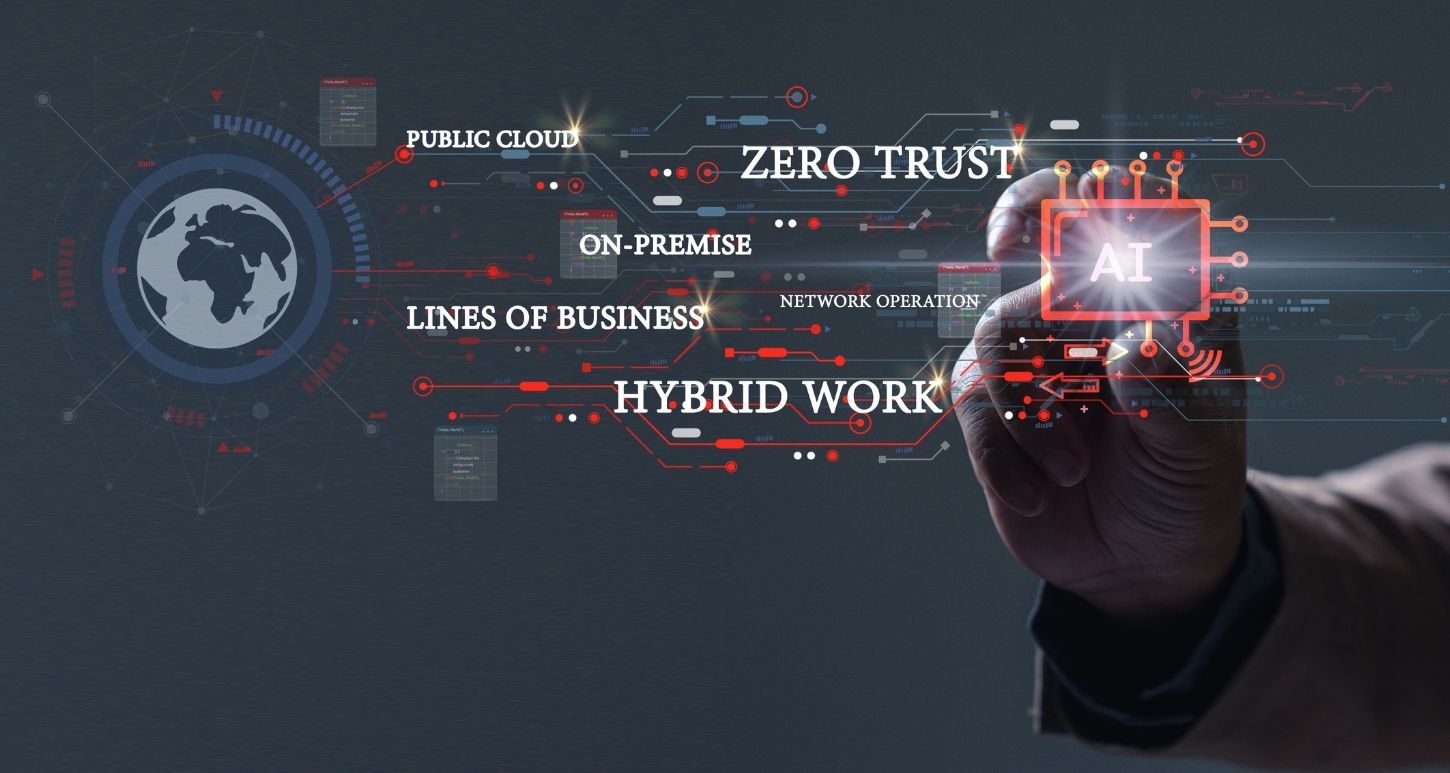By Richard Arneson
Try explaining flash storage, data analytics, or hybrid cloud solutions to the man on the street. Unless they work in the IT industry, you’re likely to be met with a blank, indifferent stare. But mention their smart phone, tablet, Ring doorbell or Fitbit watch, and device specs will roll off their tongue like a well-worn nursery rhyme.
Once IP addresses were imbedded into everyday items, like light switches, watches and doorbells, IoT soon followed. Or did IoT generate smart devices? Actually, it may have. While IoT wasn’t officially coined until 1999, one of the first examples involved developers at Carnegie Mellon University in the early 1980’s. They were able to connect to a soft drink machine via the Internet to determine if the drinks were cold enough to merit a purchase.
If your organization is ready to begin building an IoT strategy to gain a competitive edge by, among other things, enhancing your customers’ experiences, keep the following tips in mind.
First, begin with executives in mind
If you’re building a case to internally sell executives on the reasons why an IoT solution needs to be implemented, be prepared to translate exactly how it will satisfy ROI requirements. And then, of course, know what the solution will do to help drive bottom-line revenue.
IoT is all about customer experience
There are several reasons organizations want to create an IoT strategy, but whether any of them bear fruit depends on the customer experience and how it will solve issues. Creating a great customer experience might not generate short-term profits, but if it’s ultimately created and implemented with the customer in mind, future monetization will follow more easily.
You can think big, but start small
Thinking big is great, but if you don’t start small with projects that are bite-sized, you might find yourself doing something else in a big way—failing. Start with a project that is small and discrete, and prepare to learn from its failures, if there are any. For example, only tackle one floor of a building, or only a single store or vehicle.
Create a well-defined scope of work
Creating a detailed roadmap, or scope of work, for your IoT project is critical in helping to provide it the highest chance for success. It needs to contain measurable milestones, or success metrics, and include:
- Detailed Reporting,
- Defined Deliverables,
- End products required,
- Plans for ongoing maintenance and management, and a
- Definitive Timeline.
No need to re-create the wheel
Pre-packaged IoT solutions are readily available from many companies, and they’re a good start, especially when tackling that first, small project. Using a pre-packaged solution can take many of the headaches out of implementing an IoT strategy, but they might box you in when the projects get bigger, meaning an increase in spend for customization.
It doesn’t end with the implementation
Make certain that part of your scope work includes the ongoing maintenance of your IoT project. Don’t take a We’ll figure it out when we get there approach. While planning and implementing an IoT project is exciting, not planning for regular, ongoing evaluation and maintenance could ultimately end in dissatisfied customers.
Developing and implementing an IoT solutions for your organization is something you’ll proudly point out on your resume for years to come. But while it’s exciting stuff, it’s a lot more involved than most realize. That’s why working with the IoT professionals at GDT can help ensure your organization gets the most from its IoT vision.




